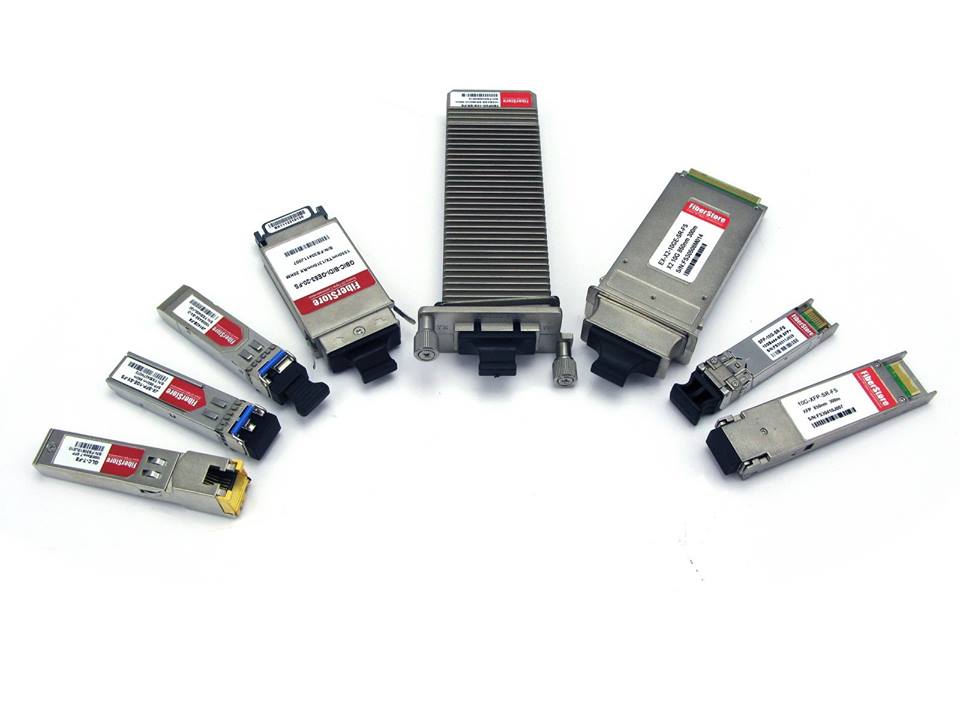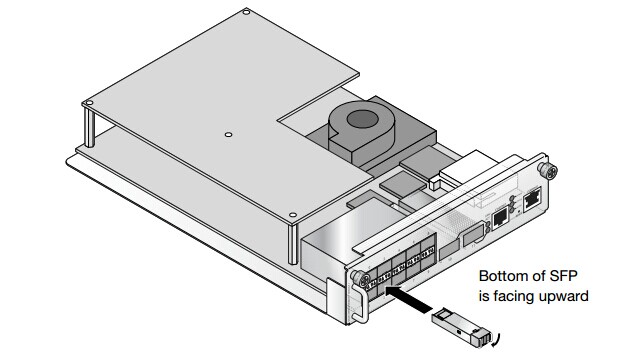
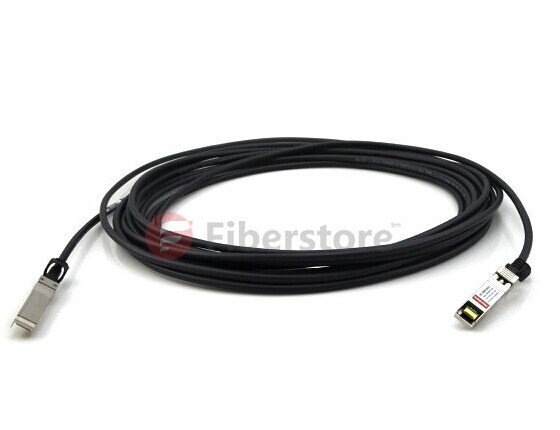
Share Various Fiber Optic Telecom Network Topics, Information, News, Questions, Sources and Network Solutions.





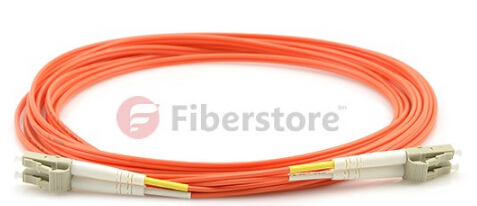
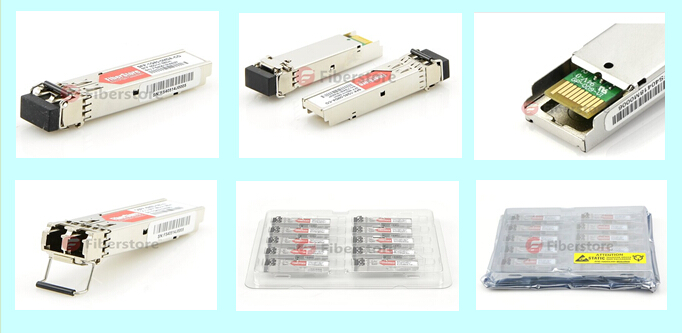
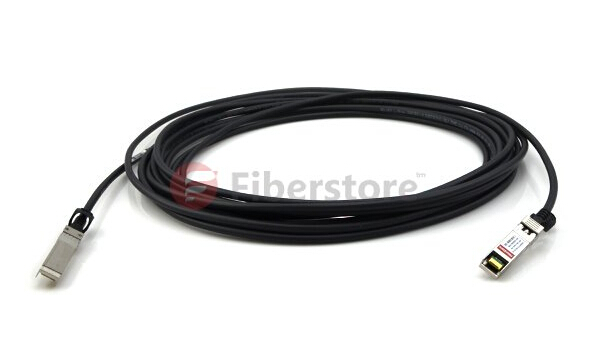
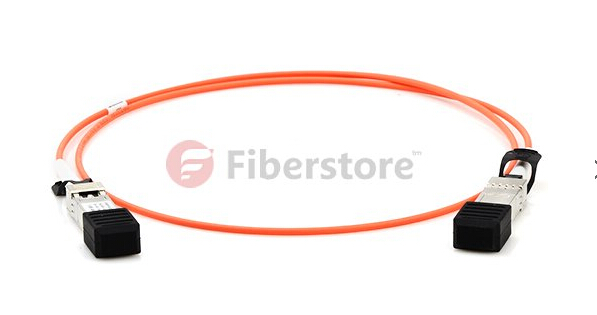
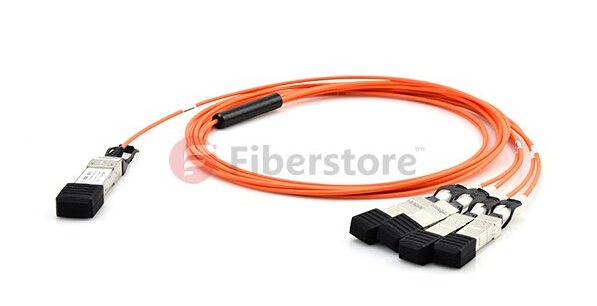






Active cables and passive cables. Active cables are copper cables for data transmission. They use silicon (semiconductor) to boost the performance of the cable. On the contrary, a cable without a chip is considered as a “passive cable”.
10Gb/s Passive Copper Cable used for very short link and lowest cost
The SFP+ cables support 10G Ethernet, 8G Fibre Channel, 10G FCoE, 10G InfiniBand and various unified architecture link applications. SFP + cable is widely used in the top of the Rock switches and high-performance server for interconnection. Top of the Rock switch power consumption is less than 10GBASE-T ports switch. In the market waiting for more energy efficient 10GBASE-T switch, SFP + cables are more popular for at the Top of the Rock switch. 28 AWG and 24 AWG cables are available for DAC cables. The standard lengths for the sfp+ direct attach cable are 1m, 2m, 3m, 5m, 7m and 10m. Custom lengths are available upon request.
Fiberstore Provides Cisco Compatible SFP+ 10gbase twinax Copper Modules:
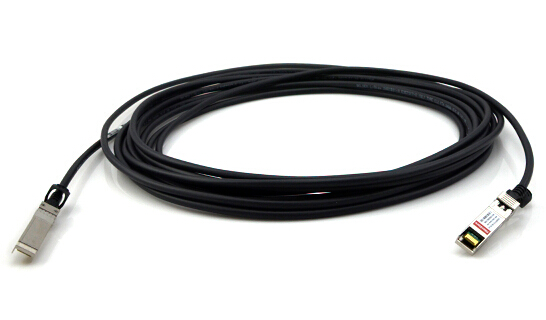

Fiberstore SFP+ Cables
SFP+ fiber cable solution is suitable for longer distance communication, while 10G SFP+ cables solution is best when utilized in short lengths, typically 15m or less, which is sufficient to link server cards and switches. But at present, the fiber and copper cable transmission standard of 10G Ethernet have been launched. However, there is only the fiber standard without copper standard for the 40G Ethernet transmission now.
QSFP+ cables and SFP+ cables
From the perspective of the development of wiring, generally, the standard of copper cable is always behind the fiber standard and the application standard. Currently, the TIA and ISO have already established a working group to carry out the research work of the copper standard.
Actually, the QSFP+ cable is a choice for short transmission distance. Generally, QSFP+ cables are used to connect the ToR switches.
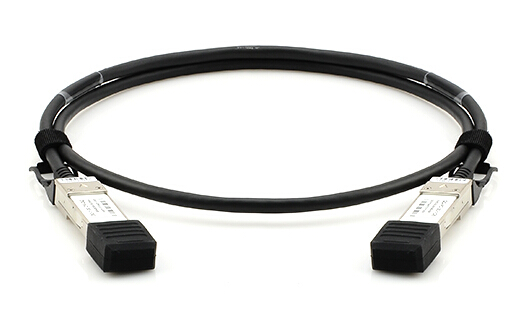
Fiberstore QSFP+ Cables
QSFP+ cable and sfp+ direct attach cable are both suitable for the short transmission distance. The fiber can be considered for the long transmission distance. The standard distance of OM3 multi-mode fiber is 100m and the OM4 is 50m. The single-mode fiber will not encounter the problem of transmission distance. Fiberstore provides qsfp 4x10g aoc7m.
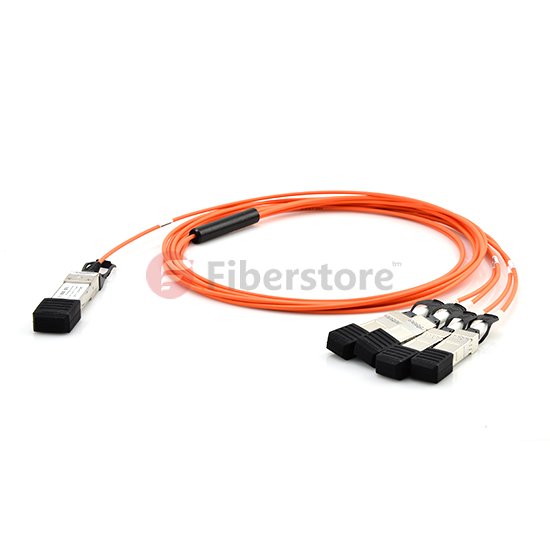
Fiberstore qsfp 4x10g aoc7m cable
For the high-density, high-performance, longer distance and high-speed and other requirements, the MPO/MTP will be a more reasonable choice.
Fiberstore is a leading company in developing and manufacturing advanced optical network solutions to the fiber optic network, CWDM/DWDM system, and Data Center system. Fiberstore always aims accurate lead time and best service with high quality products to customers. Today, Fiberstore offer customers a broad range of data Center networking and communication solutions in following categories: GBIC, SFP, SFP+, XFP, XENPAK, X2, QSFP+ 40G AOC/ACC, 120G CXP AOC/ACC, Ethernet Converter and Fiber Optical Patchcord, Total fiber solution with CWDM, Mux/Demux, Repeater products.
Read More Related Article about DAC Cables:
